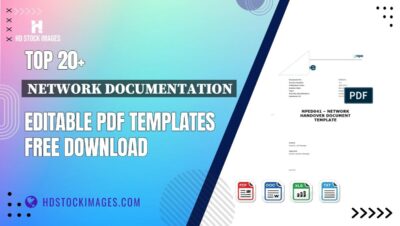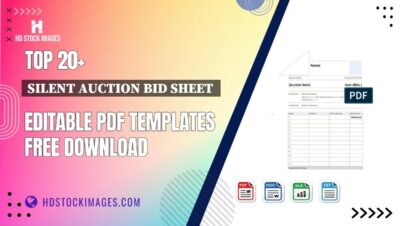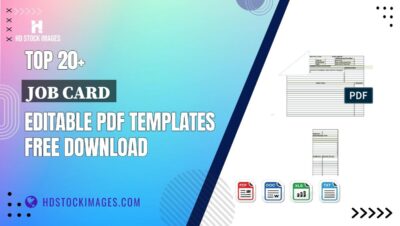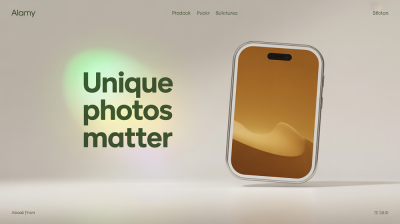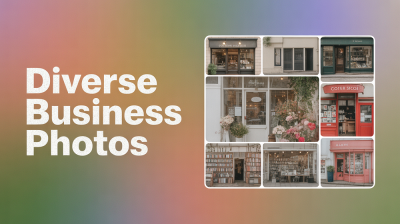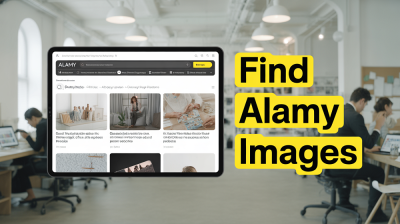Infographics are a fantastic way to visually represent information, making complex data easy to digest and understand. In today’s fast-paced digital world, where attention spans are short, infographics can help convey messages quickly and effectively. They blend graphics and text to present information in a visually appealing manner. From social media to corporate reports, infographics are everywhere, and for a good reason!
With platforms like 123RF, creating stunning infographics has never been easier. You can access a vast library of images, icons, and templates that can elevate your infographic game. So, whether you’re crafting a marketing plan or summarizing research data, infographics can be your secret weapon. Let’s dive deeper into why infographics are so important and how you can make the most of them!
The Importance of Visual Content
In an age where information overload is the norm, visual content has emerged as a crucial player in communication. It captures attention, enhances understanding, and boosts retention rates. Here are some compelling reasons why visual content is vital:
- Improves Comprehension: Studies show that visuals are processed 60,000 times faster than text. This means that using visuals can dramatically improve how your audience understands your message.
- Enhances Engagement: Articles with images receive 94% more views than those without. Infographics, in particular, can keep your audience engaged for longer periods, encouraging them to share and discuss your content.
- Boosts Retention: People remember 80% of what they see compared to just 20% of what they read. Infographics help reinforce information, making it more memorable.
To illustrate this point, consider the following table:
| Type of Content | Retention Rate |
|---|---|
| Text | 20% |
| Images | 80% |
| Infographics | >80% |
In conclusion, visual content, especially infographics, not only makes your message clearer but also increases engagement, making it essential for any content strategy. Whether you’re a small business owner or a seasoned marketer, leveraging visual content with tools like 123RF can set you apart in a crowded marketplace.
Also Read This: How to Upload Voice Memo to YouTube with Ease
Getting Started with 123RF
Embarking on your infographic journey with 123RF is as easy as pie! First, you’ll want to create an account on their website. This process is straightforward; just provide your email, and set up a password. Once you're in, take a moment to familiarize yourself with the user interface.
Now, let's talk about searching for images. 123RF boasts a vast library of high-quality visuals. You can use the search bar to find images that suit your theme. For instance, if you’re creating an infographic about health, simply type “health” into the search bar and hit enter. You’ll be amazed at the variety of options!
Another handy feature is the filtering tool. You can narrow your search by categories such as “Vectors,” “Photos,” or “Videos.” Want something specific? You can even filter by orientation, color, or even the license type!
Once you find images you like, you can save them to a collection. This feature is a lifesaver when you’re compiling multiple visuals. You can organize your saved images by theme or project, making it super easy to access them later. When you’re ready to download, choose the resolution that best fits your design. And that’s it! You’re all set to create your stunning infographic!
Also Read This: Maximize Engagement by Posting YouTube Videos on Instagram
Choosing the Right Images for Your Infographic
Choosing the perfect images for your infographic is crucial; they should complement your data and engage your audience. Here are some tips to guide you in selecting the right visuals from 123RF:
- Align with Your Theme: Ensure the images resonate with your topic. For instance, if your infographic is about renewable energy, look for images of solar panels or wind turbines.
- Consistent Style: Aim for a cohesive look. If you choose flat design icons, avoid mixing them with realistic photos. Consistency helps in conveying a professional appearance.
- Color Palette: Consider your color scheme. Images that align with your brand colors will create harmony. Use tools like Adobe Color to help refine your palette.
Additionally, be mindful of image quality. Opt for high-resolution images to avoid pixelation, especially if your infographic will be printed. You can also use the Image Editor tool on 123RF to tweak images, applying filters or cropping them to fit your layout.
Lastly, remember to check the license for each image. Make sure you have the appropriate rights for usage to keep your project above board!
Also Read This: How to Check Adobe Stock Metadata
5. Design Principles for Stunning Infographics
Creating infographics that captivate your audience requires a solid understanding of design principles. Here are some key concepts to keep in mind:
- Hierarchy: Organize your information logically, using size and color to guide the viewer’s eye. For instance, a larger font for headings and a contrasting color for essential points can make a big difference.
- Balance: Distribute visual elements evenly across the infographic. Too much clutter on one side can make it feel unbalanced. Aim for symmetry, or use asymmetry to create dynamic tension.
- Color Palette: Stick to a cohesive color scheme. Using 2-4 primary colors can unify the design. Tools like Adobe Color can help you find complementary colors that pop.
- Typography: Choose fonts that are easy to read and match the tone of your message. Limit yourself to two or three font types. For example, pair a bold sans-serif for headings with a clean serif for body text.
- White Space: Don’t overload your infographic with information. Ample white space allows your design to breathe and helps emphasize key points.
By applying these principles, you can create infographics that not only look good but also effectively communicate your message.
Also Read This: How to Use Wondershare Video Editor to Edit and Enhance Your Videos with Ease
6. Step-by-Step Guide to Creating Infographics
Ready to dive into the world of infographics? Here’s a straightforward guide to help you create stunning visuals using 123RF images:
- Define Your Topic: Start by pinpointing the primary message you want to convey. Is it statistical data, a process, or a comparison? Make sure it’s focused.
- Gather Data: Collect relevant data and information. Sources like surveys, research papers, or credible websites can provide valuable content.
- Sketch a Layout: Before jumping into design software, sketch your ideas on paper. Plan the placement of text, images, and graphics to create a flow.
- Select Images: Use 123RF to find high-quality images that match your topic. Consider images that enhance your message without overwhelming it.
- Design the Infographic: Open a design tool like Canva or Adobe Illustrator. Use your sketch as a guide, and apply the design principles discussed earlier.
- Review and Edit: Proofread your text for typos and ensure that the data is accurate. Get feedback from others to refine your design.
- Publish and Share: Once satisfied, publish your infographic online. Share it on social media, your website, and relevant forums to reach a broader audience.
By following these steps, you're well on your way to creating infographics that are not only visually appealing but also informative and engaging!
Also Read This: How to Download Images with Transparent Backgrounds
7. Tools and Software Recommendations
Creating stunning infographics is all about using the right tools! Here are some top recommendations that can help elevate your designs, allowing you to harness the power of 123RF images effectively:
- Canva: This user-friendly design tool offers a plethora of templates specifically for infographics. You can easily integrate 123RF images into your designs, making it perfect for beginners.
- Adobe Illustrator: For those who want greater control and versatility, Illustrator is the go-to software. It’s ideal for creating vector graphics and provides advanced editing capabilities for your 123RF images.
- Piktochart: A fantastic option if you’re looking for a platform that combines ease of use with powerful features. It allows you to drag and drop images, including those from 123RF, directly into your infographics.
- Visme: This is another great tool that enables you to create professional-looking infographics with ease. Visme provides access to a library of graphics and images to complement your 123RF selections.
- Infogram: Perfect for data visualization, Infogram helps you turn complex data into visual stories. You can bring in images from 123RF to enhance the overall aesthetic.
Regardless of your skill level, these tools cater to different needs and can help you produce eye-catching infographics that will engage your audience.
Also Read This: How to Put Images in Minecraft Bedrock Edition for Custom Designs
8. Final Tips for Effective Infographics
Now that you’re equipped with tools and resources, let’s delve into some final tips to ensure your infographics truly stand out:
- Keep it Simple: Clarity is key! Avoid clutter and focus on one main idea per infographic.
- Use a Consistent Color Palette: Stick to 2-3 colors that match your brand or the theme of your content. This helps create a harmonious look.
- Choose Readable Fonts: Opt for fonts that are easy to read. A combination of sans serif for headers and serif for body text often works well.
- Balance Text and Images: Ensure there’s a good mix of visuals and text. Too much of either can overwhelm the viewer.
- Include a Call-to-Action: Don’t forget to guide your audience on what to do next! Whether it’s visiting your website or sharing the infographic, a clear CTA makes a difference.
By following these tips, you can create infographics that not only look stunning but also effectively communicate your message. Happy designing!
How to Create Stunning Infographics with 123RF Images
Infographics are a powerful way to convey complex information visually. They can enhance engagement, improve retention, and simplify data presentation. Utilizing 123RF images within your infographic designs can help elevate the visual appeal and effectiveness of your content. Here’s how to create stunning infographics using images from 123RF.
Follow these steps to craft an eye-catching infographic:
- Define Your Purpose: Decide the main message you want to communicate. Is it to inform, persuade, or entertain?
- Research Your Topic: Gather relevant data and information to support your main message. Ensure your sources are credible.
- Select the Right Templates: Choose an infographic template that aligns with your message. 123RF offers a variety of customizable templates to suit different themes.
- Incorporate 123RF Images: Search for high-quality images that complement your data. Use keywords related to your topic to find the most relevant visuals.
- Use Color Wisely: Stick to a cohesive color palette. Use colors that enhance readability and evoke the desired emotions.
- Focus on Typography: Choose fonts that are easy to read. Highlight key points with bold or larger text.
- Add Interactive Elements: If your infographic will be digital, consider adding links or animations to engage your audience further.
Finally, review your infographic for clarity and ensure all elements work harmoniously together. Save it in a high-resolution format suitable for both print and digital use.
Conclusion: By integrating high-quality images from 123RF and following these steps, you can create visually stunning infographics that capture attention and effectively communicate your message.
 admin
admin